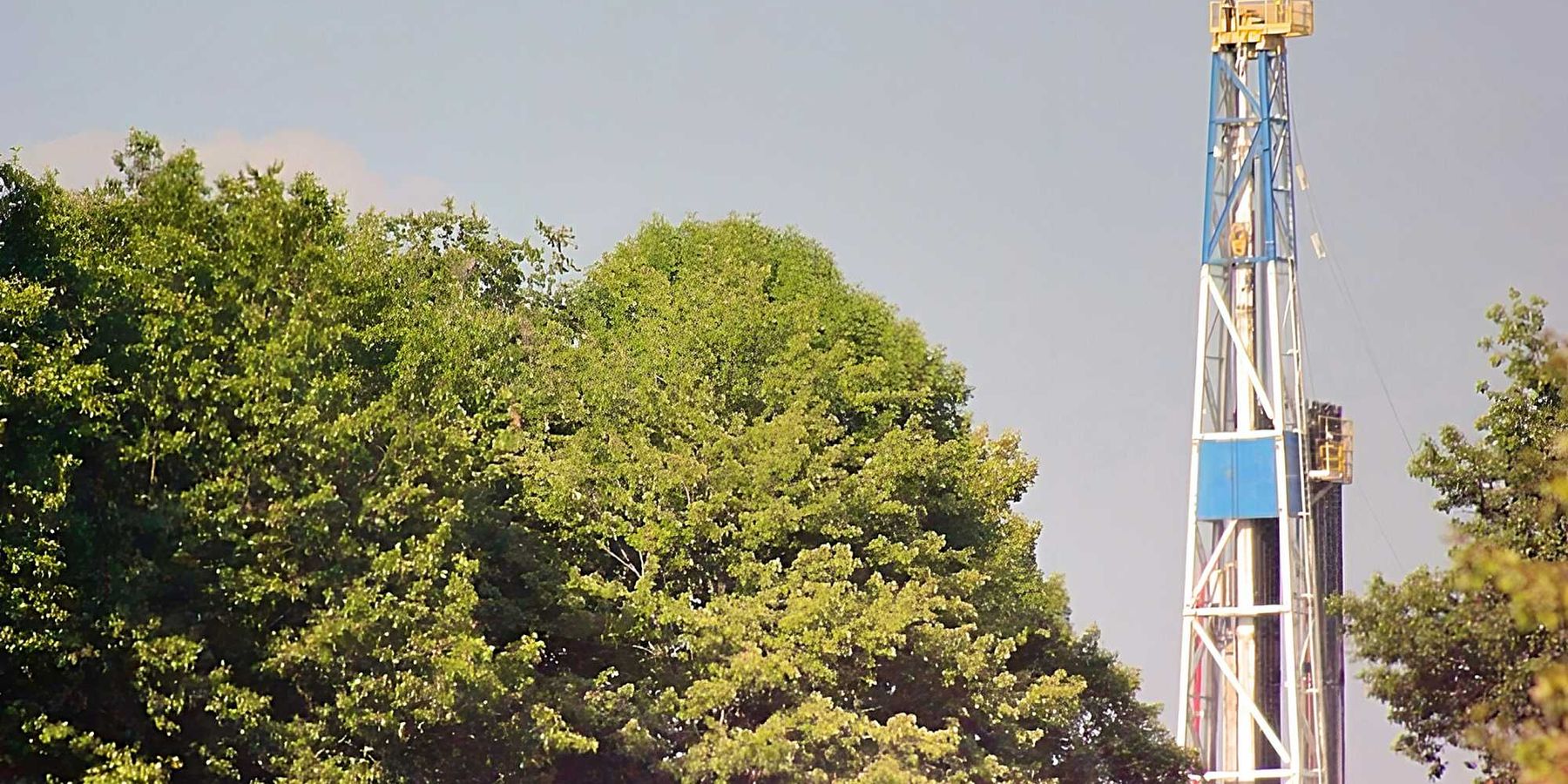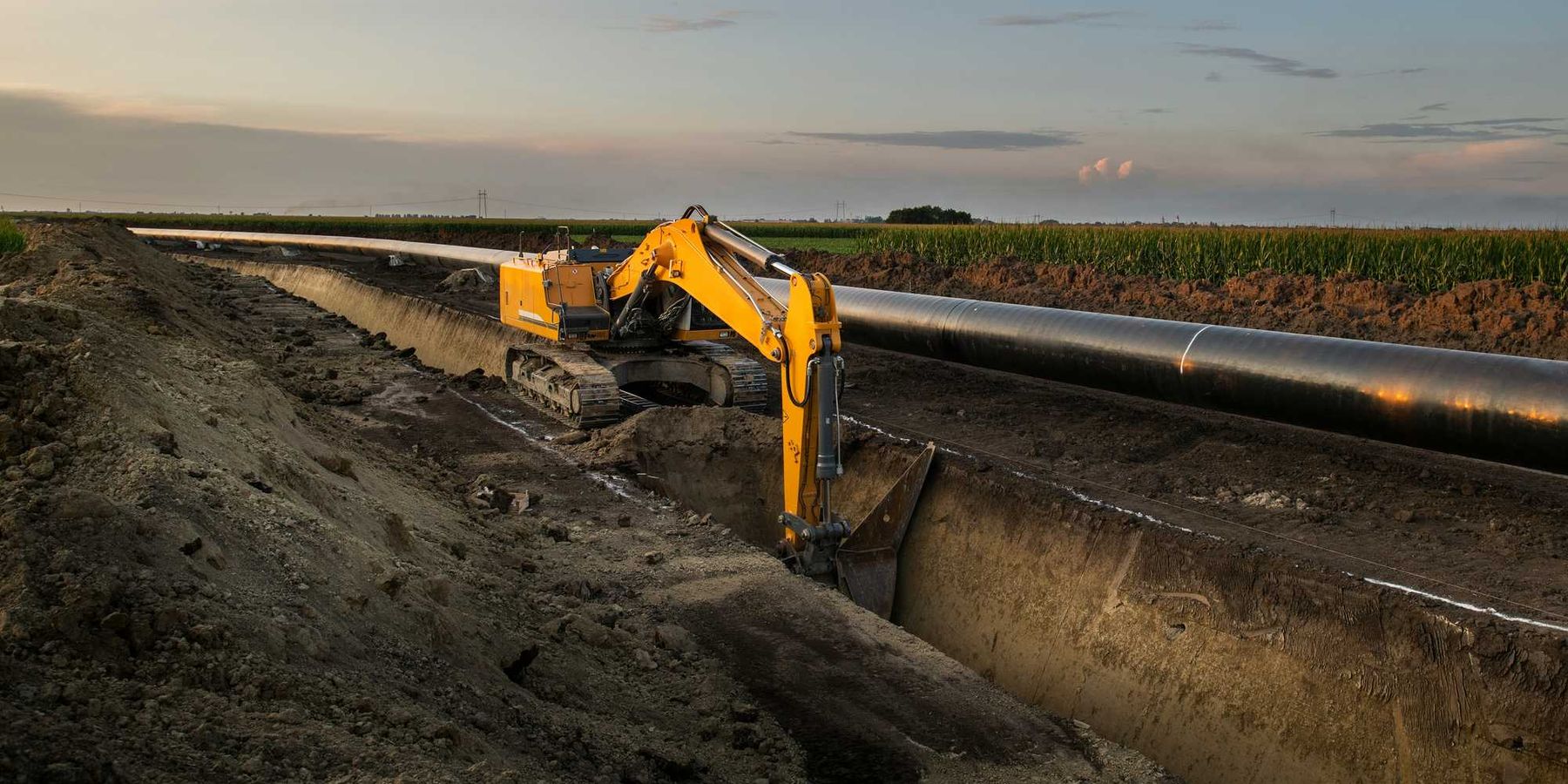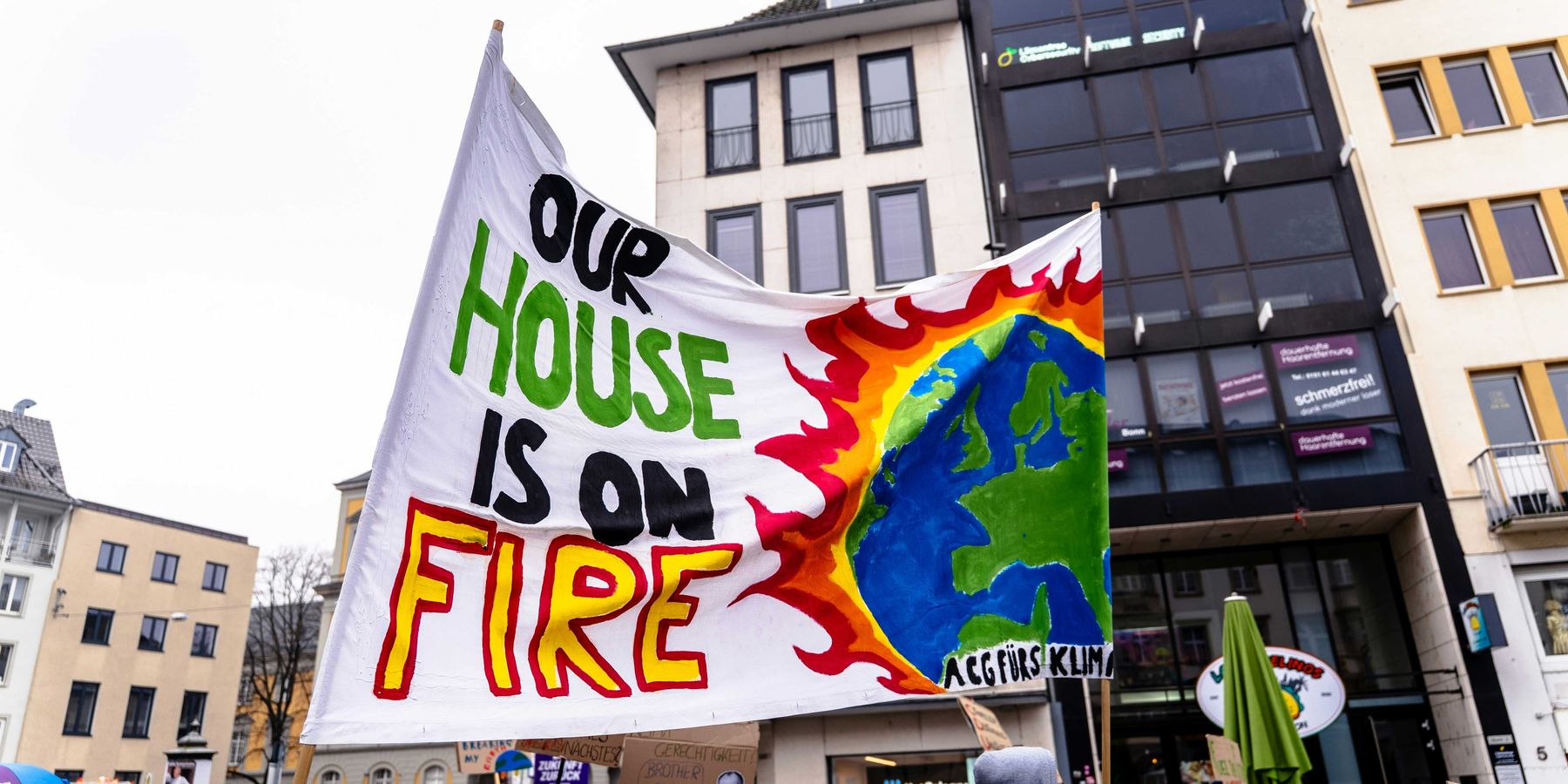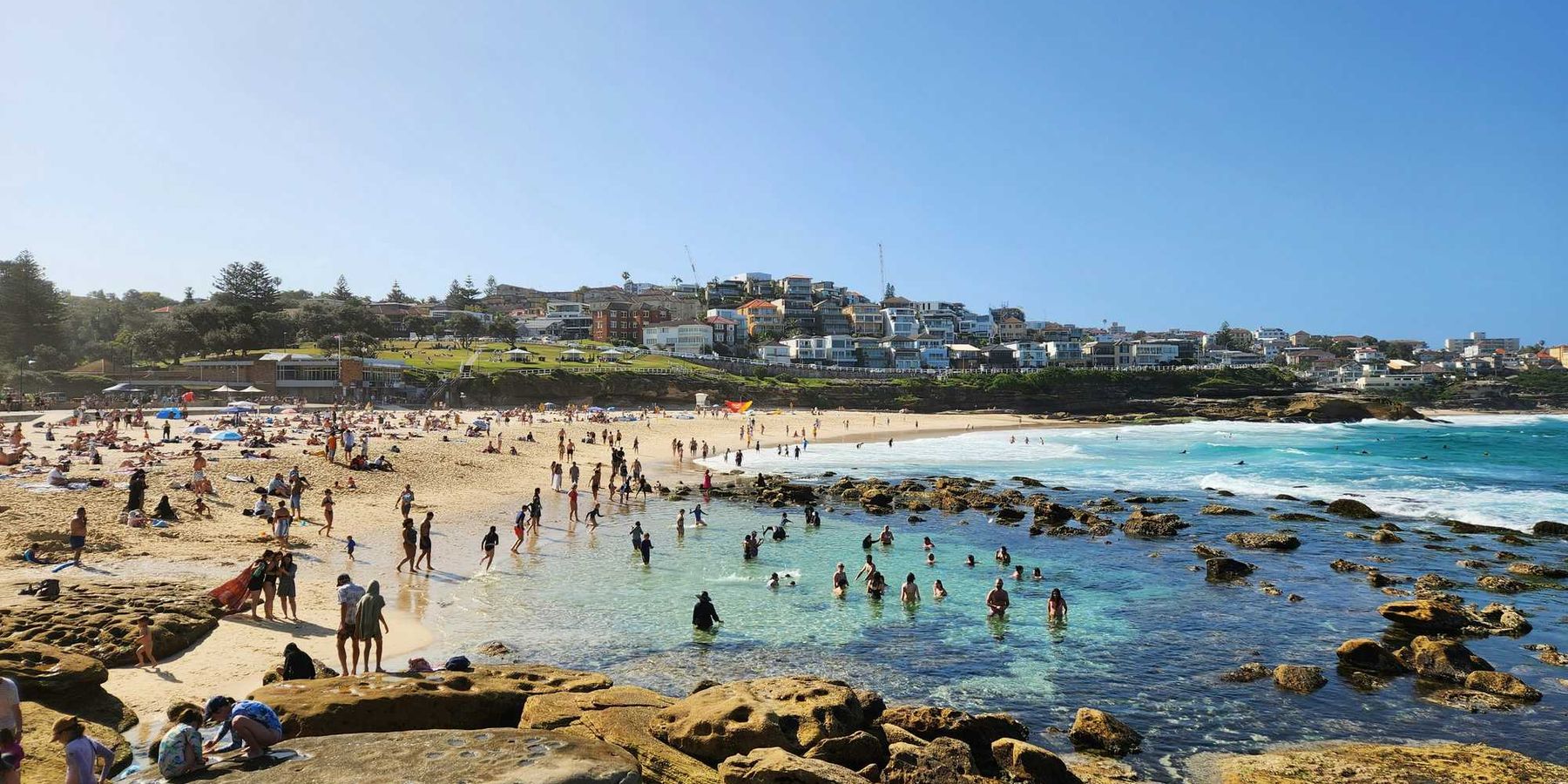Chicago’s deadly 1995 heat wave still haunts Black neighborhoods left behind by climate and housing policy
Thirty years after Chicago's deadliest heat wave killed 739 people, mostly Black residents in segregated neighborhoods, the city is still struggling to address the systemic inequality that made the disaster so lethal.
Keerti Gopal reports for Inside Climate News.
In short:
- The 1995 heat wave exposed how racism, housing insecurity, and social isolation made poor Black communities far more vulnerable to extreme heat; those same conditions persist today.
- Chicago has added cooling centers, planted trees, and launched warning systems, but residents and advocates say these efforts fall short without major structural changes.
- A new Heat Vulnerability Index maps at-risk neighborhoods and aims to guide policy, but community leaders stress the need for immediate action over more studies.
Key quote:
“The city remains hyper-segregated. It remains largely indifferent to the everyday and acute suffering of poor Black people in particular, but also of the more vulnerable, isolated elderly who you find in low-income neighborhoods.”
— Eric Klinenberg, sociologist
Why this matters:
Extreme heat kills more Americans than any other kind of weather disaster, and climate change is making it worse. But the heat doesn’t hit everyone equally. In cities like Chicago, poor Black and Latino communities suffer more because of decades of racist policies like redlining, which left their neighborhoods with fewer trees, less green space, and old housing that traps heat. These areas are urban “heat islands,” often 20 degrees hotter than wealthier neighborhoods nearby. Residents in these communities also tend to face other risks: higher rates of chronic disease, poor access to healthcare, and lack of safe public spaces. Without serious investment in cooling infrastructure and public health protections, rising temperatures will continue to widen life expectancy gaps and deepen racial health disparities.
Related: Richmond's Black community faces high heat-related illness rates













